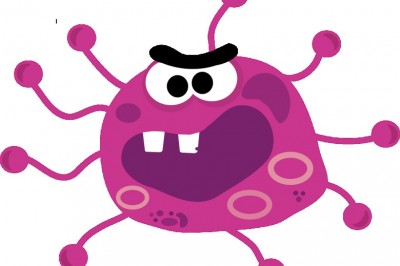Forensic Testing: Using DNA Tests to Solve Crime
DNA is a powerful tool for researching identity - and for solving crimes. Width the advent of DNA profiling, detectives and investigators now hone in on criminals like never before. Forensic DNA Analysis And CODIS Since its inception nearly two decades ago, the Federal Bureau of Investigations CODIS (Combined DNA Index System) database has grown to become a vital element in crime investigations and prosecutions, with more than 37,000 criminal investigations to its credit. Not only does the system allow for comparisons between crime scene evidence and DNA profiles of convicted offenders, CODIS is also able to help identify serial criminals by linking DNA test evidence across multiple crime scenes. As early as the mid-1980s, states themselves were getting into the act, passing DNA collection and cataloging laws for those convicted of serious crimes. Today, laws requiring DNA collection in particular crime types are in effect, not just at the federal level, but in all 50 states. Significant advances since the mid-nineties have catapulted forensic DNA from the reaches of virtual science fiction to the feet of distinguished judicial benches nationwide. Early Forensic DNA Initially, DNA analysis was used primarily to link perpetrators to violent crimes such as homicides and sexual assaults. Recently, however, the scope of forensic DNA analysis has expanded to include lesser felonies like auto theft and burglary. In recognition of the fact that many perpetrators commit relatively minor offenses before escalating to more violent crimes, authorities recognize the importance of analyzing biological evidence from these lesser felonies. The first instance of forensic DNA being used in a criminal case led to the 1986 capture and conviction of murderer and rapist Colin Pitchfork, in Leicestershire, United Kingdom. Following more than 4,000 DNA comparisons, police were finally led to the suspect, who was tried, convicted and sentenced to life in prison. Twenty years later, forensic DNA has expanded to become applicable in many disciplines, and continues gaining notoriety worldwide. The Charlottesville Terror A 1989 Virginia law requiring blood sampling of all felons was at the heart of one remarkable case in which DNA evidence led to the arrest and conviction of a serial rapist. Charlottesville, VA police collected fluid samples from an August 1999 crime scene, forwarding specimens to the Virginia Department of Forensics Services for DNA analysis. Samples from bed sheets and a discarded beer can matched each other, to the exclusion of any known residents of the building where the recent assault had occurred. These key pieces of evidence would prove crucial to the successful apprehension and prosecution of the perpetrator. Despite a suspect list of 40 individuals, police were unable to find any legitimate breaks in the case. Meanwhile, the University of Virginia campus on which the recent attack had taken place began to bustle with the anxiety of uncertainty. Students were suspicious of one another; they even began to feel unsafe attending the generally safe late-night study sessions that had become a staple of student life. Charlottesville police reached a point at which they began considering mandatory blood tests of students and faculty, hoping for even the slightest edge in breaking the case open. Finally, in early October, word reached local law enforcement of a DNA match. The DNA fingerprint of previous sex offender, Montaret D. Davis, had shown up among more than 8000 samples added to Virginias ever-growing DNA database just days earlier. A parole violator at the time, Davis was already being detained in a nearby regional facility. Just six months later, thanks to the acute eye of DNA, Davis was convicted on these, and related charges, being sentenced to 90 years in prison. Since that time, DNA testing has grown rapidly as one of the most inescapable sources of evidence, both for convicting the guilty, and exonerating the innocent. Many other notable crimes, or patterns of violent attacks, have fallen victim to the power of forensic DNA. In 2002, DNA was integral in linking a series of rapes and murders in Pennsylvania and Colorado to the same individual. DNA played a valuable role in finally tearing a hole in the case of the infamous Green River Killer; by 2004, convict Gary Ridgway had been sentenced to 48 life prison terms for his involvement in a bloodbath that lasted many years. Twenty years after his last murder, DNA had brought this killer to justice. Want to learn more about DNA or DNA Testing? Visit these links and you will find great information on any kind of DNA Tests.



























